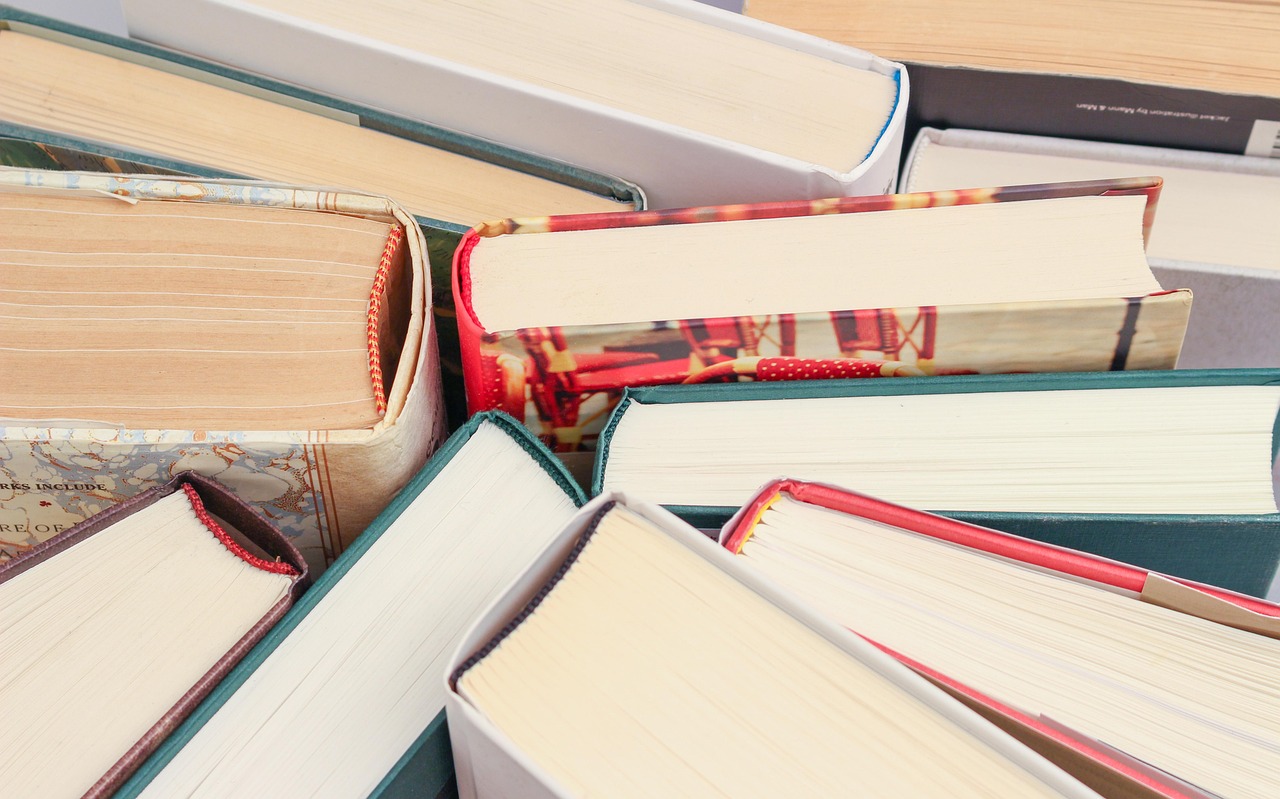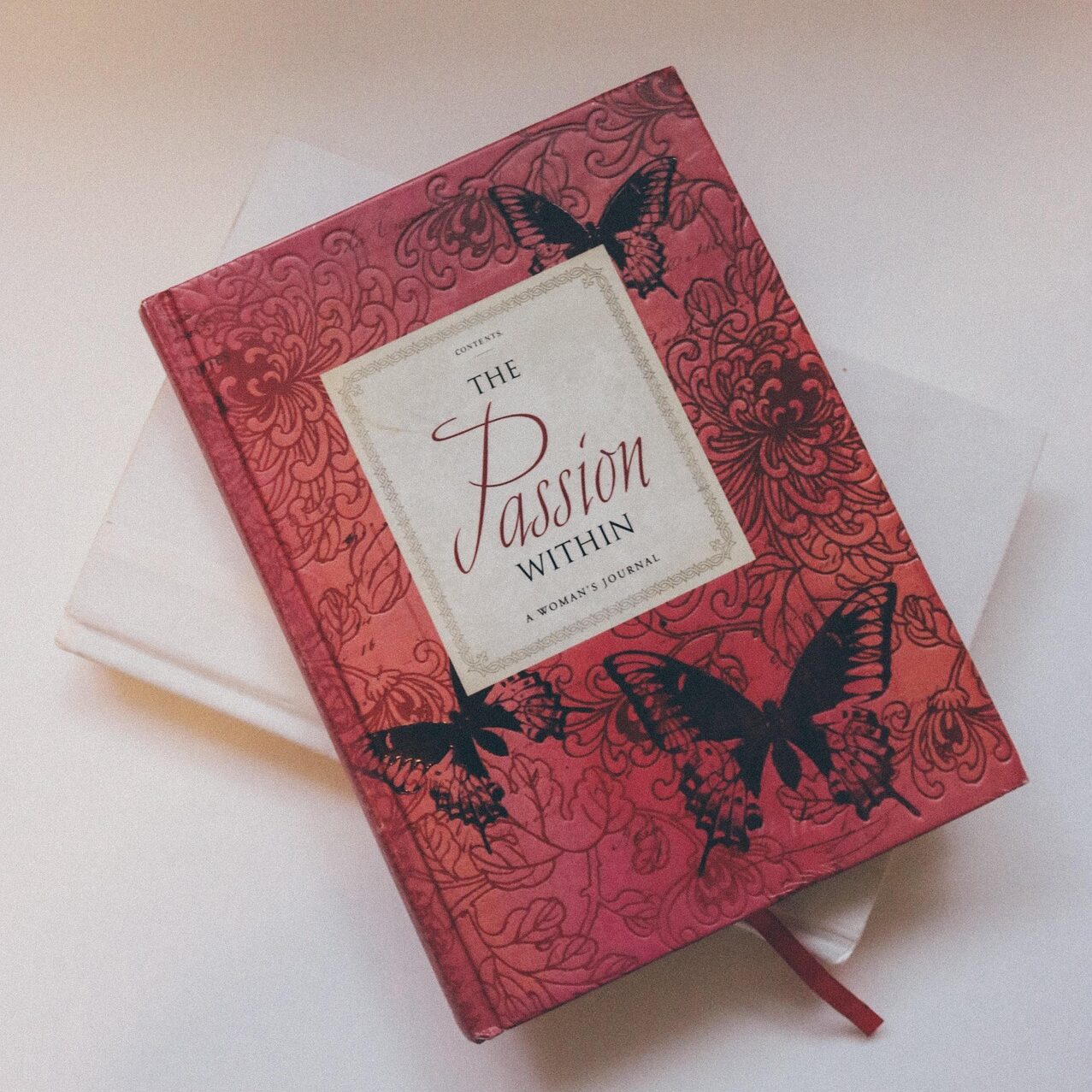Affordable Booklet Printing in Singapore: Expert Tips to Save Without Sacrificing Quality (2025)
Book Printing Guide
![]() Gordon Lim | 21 May 2025
Gordon Lim | 21 May 2025

Want to print beautiful booklets in Singapore without blowing your budget?
Whether you’re producing marketing brochures, training materials, product catalogues, or event booklets, you don’t need to settle for cheap-looking results just to save money. Instead, the right combination of size, paper, colour, and binding can go a long way in making your project both cost-effective and impressive.
In this guide, we’ll break down the 6 essential factors that affect the cost of affordable booklet printing — and show you simple, effective ways to cut costs while still creating booklets that look professional and polished.
Table of Contents
- Affordable Booklet Printing in Singapore: 6 Cost Factors You Shouldn’t Ignore
- Page Count
- Paper Type
- Colour vs Black/ White
- Booklet Binding Method
- Print Volume
- Lead Time
- Other Smart Tips for Affordable Booklet Printing
- Choose Standard Sizes
- Simplify Your Design
Affordable Booklet Printing in Singapore: 6 Cost Factors You Shouldn’t Ignore
1) Page Count
The number of pages in your booklet is crucial in determining the overall cost. More pages mean more paper, ink, and production time — all of which add up.
Common price breaks typically occur at 8, 16, 32, and 64 pages, which can give you flexibility in choosing the best option for your project.
Budget Tips:
- Optimise your page count by printing in multiples of 4 pages (e.g., 8, 12, or 16). This aligns with how printing sheets are arranged for binding and can help you save on production costs.
- Consider trimming any unnecessary content or blank pages to reduce overall costs without losing value.
By optimizing your page count, you ensure your booklet is both informative and cost-effective, without inflating the production cost unnecessarily.
2) Paper Type
Paper type affects not only the appearance of your booklet but also its cost. Premium papers provide a refined, luxurious finish but come with higher costs.
The most common options include 250gsm for the cover and 80–120gsm for inner pages. Coated paper (gloss or matte) offers vibrant colour reproduction, while uncoated options give a more natural, rustic feel.
Budget Tips:
- For a high-end look without the premium price tag, opt for 80–120gsm for the inner pages and upgrade only the cover to 250gsm.
- Matte paper can be a great cost-saving alternative to gloss. It offers a sophisticated finish and is often more affordable, while still providing a premium, tactile feel.
- If your booklets are environmentally-conscious, consider choosing uncoated paper, which adds a natural, organic look while reducing printing costs.
Choosing the right paper is key to balancing cost with quality.
3) Colour vs Black & White
Colour printing always stands out, but it is more expensive. Full-colour pages are essential for showcasing images, branding, or marketing content — but for more text-heavy sections, black and white would be the cheaper option.
Budget Tips:
- Use black & white for content-heavy pages, such as informational sections or text-heavy guides. Reserve colour for key pages (like the cover, introductory pages, or images) to save on printing costs.
- This not only reduces your budget, but also ensures that your key branding elements stand out.
Balancing colour and black & white printing lets you create a visually impactful booklet while keeping costs low.
4) Book Binding Method:
The binding method selected significantly influences both the appearance and price of your booklet.
As mentioned previously, saddle stitch is the most affordable option, ideal for booklets with under 64 pages. More complex binding methods like perfect binding and Wire-O (coil binding) offer a premium look and extra longevity but come at a higher cost.
Budget Tips:
- For booklets with fewer than 64 pages, saddle stitching is the most cost-effective binding method. It’s simple, professional, and helps you keep production costs down.
- Save perfect binding or Wire-O for thicker documents that need to be more durable or lie flat when opened — perfect for larger manuals or yearbooks.
By choosing the right binding method for your booklet’s size, you’ll maintain a professional look while managing costs effectively.
5) Print Volume
The quantity of booklets you print directly influences the price per unit. Generally, the more you print, the lower the cost per booklet. While small print runs are great for testing or one-off projects, printing in higher volumes is the best way to lower your unit costs.
Budget Tip:
- Print in bulk when possible, especially if you know you’ll need booklets for upcoming events or promotions. Ordering a slightly higher quantity can dramatically lower your cost per booklet.
- For ongoing projects or frequent reprints, consider bulk printing to lock in cost savings over time.
Planning ahead and ordering in larger quantities helps you reduce the per-unit cost and get the most value out of your booklet printing.
6) Lead Time
Rushed print jobs often come with express surcharges – limiting your options and raising costs. Therefore, planning your printing timeline well in advance helps avoid unexpected costs for expedited service, while giving you more flexibility in choosing cost-effective materials, finishes, and other customisation options.
Budget Tips:
- Plan ahead to avoid rush fees.
- If you’re planning for an event or marketing campaign, schedule your printing well ahead to maximise your savings and avoid last-minute price hikes.
Allowing sufficient lead time can make a significant difference to your overall printing cost, giving you more control over the process and your budget.
Other Smart Tips for Affordable Booklet Printing
1) Choose Standard Booklet Size
Sticking to standard sizes like A4 or A5 helps keep production costs low. These sizes fit well on standard printing sheets, reducing waste and cutting down on custom cutting charges.
2) Simplify Your Design
The more intricate and colourful your design, the more ink and materials will be used, driving up costs.
Consider minimalist, clean designs that look elegant and sophisticated while keeping costs down. Additionally, reduce ink usage by avoiding heavy ink coverage, particularly on every page.
Print Your Perfect Booklet, Within Budget
Think high-quality booklet printing solutions has to cost a fortune? Think again!
At Print Print, we help businesses, educators, and creatives bring their ideas to life with affordable booklet printing solutions that they can rely on. From choosing the right binding to advising on print runs, we’re here to make high-quality booklet printing cheap and effortless!
Final Thoughts
Great booklets don’t need a big budget — just smart choices.
By understanding what drives printing costs and applying a few practical tips, you can create professional, eye-catching booklets that look polished and stay within budget.
Need help getting started? Reach out to us here — let’s create booklets that do more, for less.


